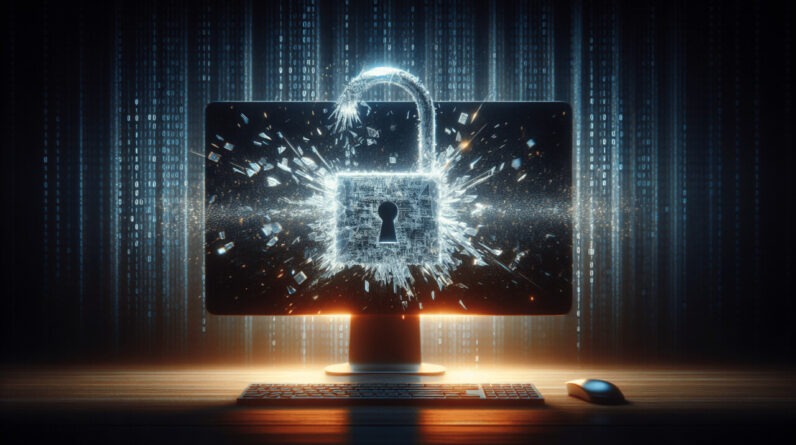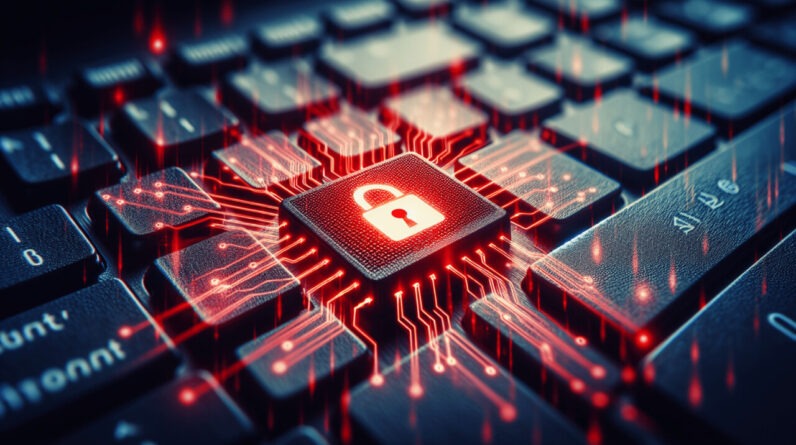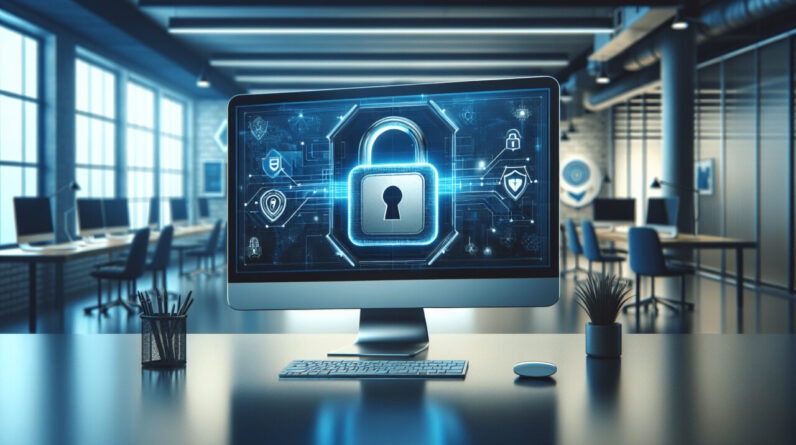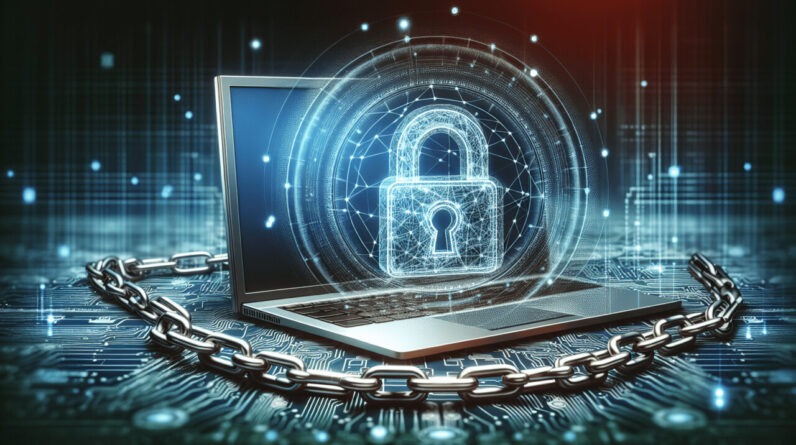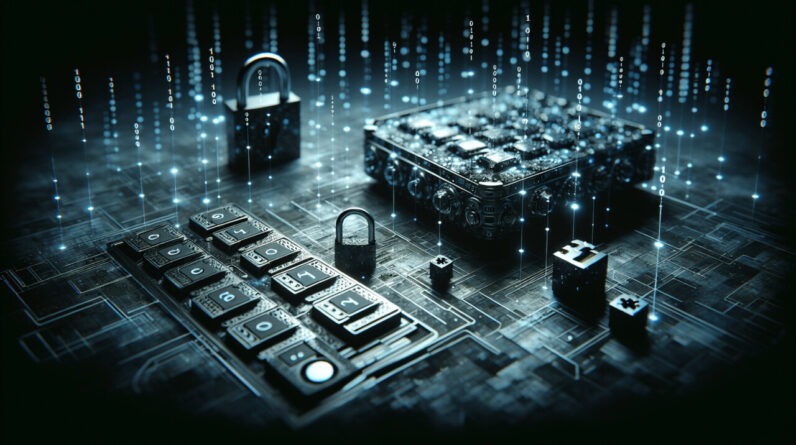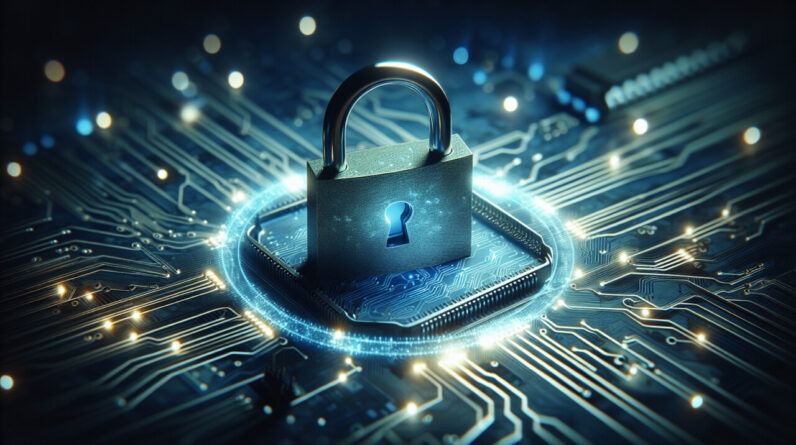
Have you ever wondered how secure your personal data really is? With the amount of information we share on the internet and the rise in cyber threats, it’s more important than ever to understand tactics for safeguarding your sensitive information.
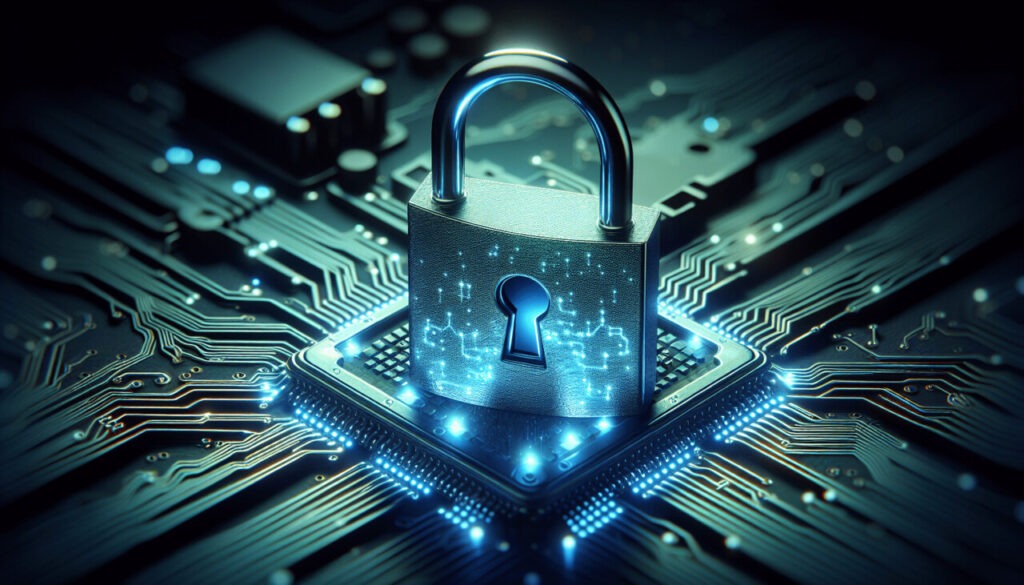
Table of Contents
Understanding Data Protection
To kick things off, let’s clarify what data protection means. Essentially, it involves processes and strategies aimed at securing your personal information from theft, damage, or loss. This can include anything from financial details to personal identifiers like your Social Security number. Understanding these concepts is crucial for anyone looking to create a safe digital space.
Why is Data Security Important?
You might ask, why should I care about data security? Imagine going about your daily routine, only to find your bank account drained or your personal details exposed. This scenario isn’t far-fetched. Data breaches happen frequently, and being unaware of your vulnerabilities can lead to significant consequences, including identity theft.
Common Threats to Your Data
Data security is under constant threat from various sources. Understanding these can help you take proactive measures.
| Threat Type | Description |
|---|---|
| Phishing | Fraudulent attempts to obtain sensitive personal info by disguising as trustworthy entities. |
| Malware | Malicious software designed to harm or exploit any programmable device, service, or network. |
| Ransomware | A type of malware that locks files and demands payment for their release. |
| Data Breaches | Unauthorized access to confidential data by malicious actors. |
Knowing these threats helps you recognize when you’re at risk and encourages a proactive mindset.
Essential Strategies for Data Protection
There’s no single solution for protecting your personal data; however, a combination of strategies can go a long way. Here are some essential steps you can take.
1. Use Strong Passwords
Your password is like the front door to your personal data. If it’s weak, you’re leaving it unlocked for anyone to access.
- Make it Complex: Aim for at least 12 characters including a mix of letters, numbers, and special symbols.
- Avoid Common Phrases: Steer clear of easily guessable passwords, like “password123” or your birthday.
- Use a Password Manager: These tools can help you generate and store complex passwords securely.
2. Enable Two-Factor Authentication (2FA)
Two-factor authentication adds an extra layer of security. Even if someone gets hold of your password, they won’t easily access your accounts without the second factor.
- How it Works: After entering your password, you’ll be prompted to verify your identity via a text message or authenticator app.
- Benefits: This makes it significantly harder for malicious parties to access your data.
3. Regularly Update Software
Keeping your software up-to-date helps protect your devices against vulnerabilities.
- Operating Systems: Ensure that your operating system is current, as updates often include security patches.
- Applications: Regularly check for updates on your apps, especially those dealing with sensitive information.
4. Use Antivirus and Anti-Malware Software
Investing in reliable antivirus and anti-malware tools can help detect and neutralize threats before they wreak havoc.
| Software Type | Purpose |
|---|---|
| Antivirus | Scans for and removes malicious software on your device. |
| Anti-Malware | Focuses specifically on malware, including ransomware. |
Stay mindful of updated versions and scan your devices regularly for maximum protection.
5. Secure Your Network
Your home network is another potential entry point for cybercriminals.
- Change Default Passwords: Most routers come with default login credentials which should be changed immediately.
- Use WPA3 Encryption: This is the latest and most secure Wi-Fi encryption standard.
A well-secured network creates a strong barrier against unauthorized access.
Data Minimization
In the age of digital information, less can indeed be more. The fewer data points you have floating around, the less there is to lose.
1. Limit What You Share Online
Before sharing personal information, think critically about whether it is necessary.
- Check Privacy Settings: Regularly revise your social media privacy settings to control who can see your information.
- Be Cautious with Public Wi-Fi: Avoid accessing sensitive data over unsecured public networks.
2. Regularly Review Your Accounts
Periodically check the accounts you hold.
- Delete Unused Accounts: If you haven’t logged in for a while, consider deleting these accounts to minimize your data footprint.
- Monitor Activity: Look out for unusual activity. Many platforms offer notifications for logins from new devices.
Backup Your Data
Even with the best security measures, accidents can happen. Having a backup ensures that you still have access to your vital information.
1. Utilize Cloud Storage Solutions
Cloud storage allows you to keep copies of important documents and files in a secure environment.
- Reputable Services: Services like Google Drive, Dropbox, and OneDrive offer secure backups.
- Encryption: Ensure that the service you choose encrypts data for added security.
2. Use External Drives
For an additional layer of security, keep an external hard drive to backup essentials manually.
| Backup Solution | Pros | Cons |
|---|---|---|
| Cloud Storage | Accessible from anywhere; automated backups available. | Requires internet; ongoing cost. |
| External Drives | One-time purchase; no internet needed. | Prone to physical damage. |
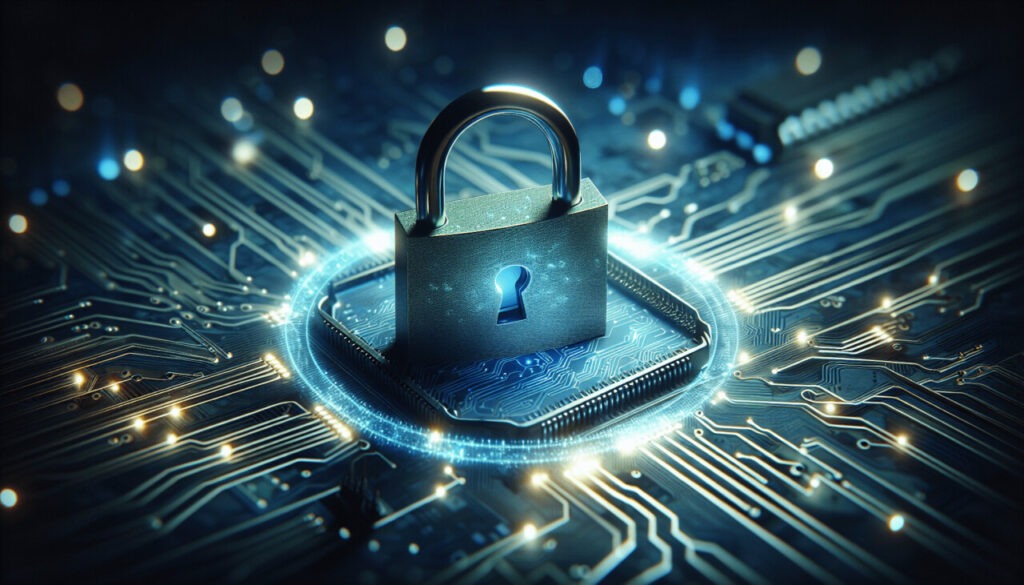
Understand Your Rights
Being aware of your rights regarding data protection can empower you.
1. GDPR and CCPA
Regulations like the General Data Protection Regulation (GDPR) in Europe and the California Consumer Privacy Act (CCPA) in the United States offer individuals more control over their personal data.
- User Consent: Companies must ask for your consent before collecting your data.
- Right to Access: You have the right to know what data is held about you and how it’s used.
2. Report Breaches
If you suspect a data breach has occurred, report it immediately to the concerned authority.
- Consumer Protection Agencies: They can guide you through the necessary steps to mitigate the impact of a breach.
- Credit Reporting Agencies: Placing a fraud alert can help secure your credit profile.
The Role of Education in Data Protection
Staying informed is one of the most effective ways to protect your data.
1. Stay Updated on Cybersecurity Trends
The digital landscape is constantly evolving.
- Seasonal Webinars and Workshops: Many organizations offer free educational resources to enhance your knowledge.
- Security Blogs and News Websites: Regularly read articles about the latest threats and protection strategies.
2. Teach Others
Sharing your knowledge can create a more secure environment for everyone.
- Discuss with Family: Ensure your loved ones are also aware of basic data protection tactics.
- Organize Group Sessions: Gather friends or colleagues to share knowledge and tips.
The Importance of Psychological Readiness
Being prepared mentally can play a significant role in effectively responding to data breaches.
1. Develop a Response Plan
Imagine a scenario where you discover your data has been compromised—that can be overwhelming. Having a plan in advance can alleviate some of that stress.
- Documentation: Keep track of all your accounts and sensitive information in a secured format.
- Response Steps: Know the steps to take in the event of a breach, such as notifying banks and changing passwords.
2. Stay Calm and Reactive
Staying calm can help you think more clearly in times of crisis.
- Mindfulness Practices: Techniques such as meditation or deep-breathing exercises can help keep you focused.
- Quick Turnaround: The faster you act, the better your chances of minimizing damage.
Conclusion: Your Data, Your Responsibility
You are your best advocate when it comes to protecting your data. With the rise of technology comes the responsibility to take proactive steps in securing your sensitive information. Always strive for a combination of strategies—strong passwords, regular updates, and consciousness regarding the information you share.
The digital world can be daunting, but with the right approach and mindset, you can create a safer online experience for yourself and those around you. As you navigate through your daily digital life, remember that taking these measures is not just about being cautious; it’s about being empowered. Act today and feel confident tomorrow!


